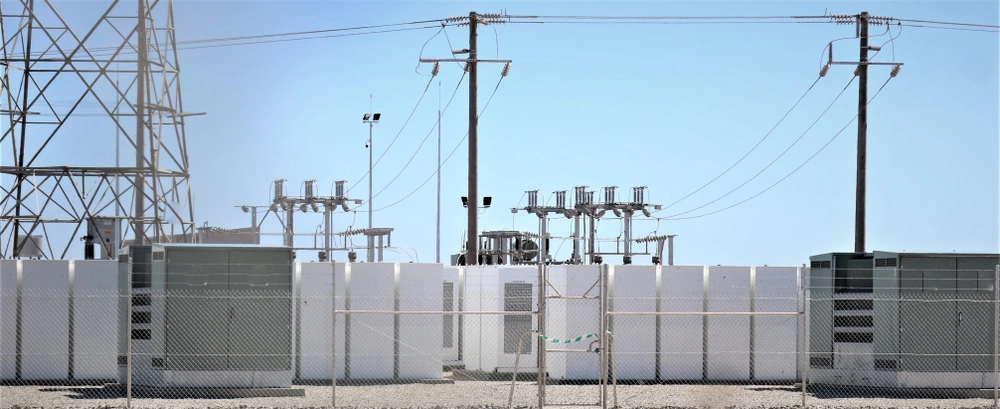
Renters’ Rights Act 2025 – All Systems Go!


On Monday 27 October, after months of speculation, the Renters' Rights Bill received Royal Assent and became the Renters' Rights Act 2025 (RRA). Described by Tom Darling of the Renters' Reform Coalition as "landmark legislation", the RRB represents a "levelling of the playing field between landlord and tenant... which will transform the experience of private renting" (Housing Minister, Matthew Pennycook).
A link with the RRA is here: Renters’ Rights Act 2025
Whilst a significant milestone in the RRA's passage into law, we are not there yet. In the coming weeks, ministers will outline how the reforms will be rolled out.
Landlords with a residential property portfolio still have time to get their ducks in a row before the RRA becomes law. Given the high-profile nature of the "no-fault eviction" ban (that is, abolishing section 21 notices and assured shorthold tenancies (ASTs)), we anticipate that these will be priority, with any remaining aspects to follow.
Based on current commentary, we anticipate that the section 21 ban will come into play in the new year.
The firm has been considering the RRA and its impact on several sectors and practice areas in which we operate. We liaised with the Ministry of Housing, Communities and Local Government to assist with drafting provisions of the RRA designed to ensure that Islamic mortgages (which typically involve a financing lease from a bank to the customer) are not adversely impacted by the changes.
We regularly assist our developer clients in managing their residential housing stock. With the RRA now over the line, it is vital that they take steps now to (if desirable) commence possession actions and update any unfavourable ASTs as the RRA is not likely to take effect retrospectively. In this article we consider the impact and key issues for landlords with a focus on the developer sector.
Key Reforms
For the purposes of this update, we are not intending to rehearse the current law on section 21 of the Housing Act 1988 (HA). This will likely be well known to our developer clients. Instead, we will focus on the key reforms which will come into effect when the RRA is implemented.
During the first 12 months of the tenancy, landlords will not be allowed to move back in to their property or attempt to sell the property; and tenants will have a 12-month protected period (as long as they comply with the tenancy terms).
Instead, tenancies will be terminated by either:
- The tenant giving two months’ notice to leave; or
- The landlord serving a section 8 HA notice using the relevant ground for possession (see further below).
Any pre-agreed option to renew or break clause will be invalid.
Existing tenancies: when the legislation comes into effect any pre-agreed ‘option to renew’ or ‘break clause’ within an existing tenancy agreement will no longer apply. Instead, the AST will convert to an Assured Periodic Tenancy and roll from month to month.
New tenancies: new arrangements entered into after it comes into effect will be Assured Periodic Tenancies rolling from month to month and so can no longer include a valid option to renew or break clause.
Perhaps more significant is the change to recovering possession. The abolition of section 21 has been a vote-winner for both the current Labour and the former Conservative governments, given its promise to protect tenants from unruly landlords.
Whilst section 21 is being abolished, the RRA introduces some new grounds for possession (as well as updating existing grounds) under Schedule 2 HA.
To evict a tenant and obtain possession landlords will need to rely on mandatory and discretionary grounds. A judge will award a landlord possession if they can evidence a mandatory ground. However, discretionary grounds will allow a judge to consider whether it is reasonable to award possession.
We set out below a list of the key grounds that we consider our developer clients will most often seek to rely on, as well as clarification on whether each is a mandatory or discretionary ground:
- Ground 1 (Mandatory) – The RRA retains the ground allowing a landlord to evict a tenant if they wish to move into their rented property, or they wish to move close family members into their property. However, it extends the notice period from 2 to 4 months and the landlord is prevented from using this ground during the first 12 months of a tenancy. Landlords which use this ground to evict a tenant will not be permitted to re-let the property for 12 months from the notice date or will risk a fine.
- New Ground 1A (Mandatory) – A new mandatory ground introduced by the RRA will allow a landlord to evict a tenant if they wish to sell a property (or let it for more than 21 years). It will not be available in the first 12 months of a tenancy, and 4 months’ notice will need to be given to the tenant. Landlords which use this ground to evict a tenant will, similarly to Ground 1, not be permitted to re-let the property for 12 months from the notice date or will risk a fine.
- Ground 6 (Mandatory) – The RRA retains the ground allowing a landlord to evict a tenant if they wish to demolish or substantially redevelop the property, and this cannot be done whilst the tenant is living there. However, the RRA extends the notice required from 2 to 4 months.
- Ground 8 (Mandatory) – Provides the landlord with the right to evict a tenant from a property due to rent arrears. The RRA extends the period of rent arrears necessary to evict under this ground from 2 months to 3 months and the notice period required from 2 to 4 weeks.
- Ground 12 (Discretionary) – enables the landlord to evict for any breach other than rent arrears. This ground exists under the current section 8 procedure and is retained as a “catch-all”.
For any landlord clients looking to dispose of any housing stock, the new Ground 1A will assist to an extent. The notice period is longer, and they would not be able to use the accelerated claim procedure (meaning that they will fall victim to the inevitable court delays in waiting for a hearing). However, serving the notice should be easier as they will not have to comply with any of the current prescribed legal requirements (save for not serving notice within the first 12 months). This appears to be an oversight in the RRA.
For landlords looking to recover possession for other reasons, for instance where the property is let below market rent, the proposed grounds do not assist and their ability to get vacant possession will be significantly hindered. If the tenant is not in breach of any terms of the tenancy agreement or if none of the other “non-fault” grounds (Grounds 1 – 7 under Schedule 2 HA) apply, it may be impossible to recover possession.
What should landlords do now?
The Government's aim is to make removing tenants more challenging and to give tenants more protection. An inevitable side effect of this aim is that the court system will be overrun with possession actions whilst the teething problems with the RRA are resolved. Some landlords are currently facing 12-18 month delays in recovering possession. We anticipate this timeframe may increase.
Prior to the RRA being implemented, estate managers and owners should:
- Consider any residential lettings they have in place and whether they wish these to continue. If not, consider ending them now;
- Assess rental levels and agree increases where appropriate;
- Inspect properties ahead of implementation of the legislation to understand current state of repair; and
- Take professional advice when entering into any arrangements pending implementation to assess the potential impact of the RRA changes.
This is very much a moving picture. We intend to provide further updates as and when we hear them.
If you require further advice on for the impact of the RRA, please contact Kate New, Lara Borrett-Lynch, or Toby Prowting, who are happy to assist further.













